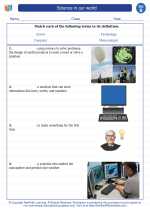Seed
A seed is the part of a flowering plant that contains the embryo, which will develop into a new plant under the right conditions. Seeds come in many shapes, sizes, and colors, and they can be found inside the fruits of flowering plants.
Parts of a Seed
A typical seed consists of three main parts:
- Seed Coat: The outer covering of the seed that protects the embryo inside.
- Embryo: The young plant that is enclosed within the seed coat.
- Endosperm: A source of stored food that provides nutrients for the developing embryo.
Seed Germination
When a seed is planted in soil and provided with water, oxygen, and the right temperature, it undergoes a process called germination. During germination, the seed absorbs water, swells, and the embryo inside begins to grow and develop into a new plant.
Types of Seeds
Seeds can be classified based on various criteria, such as their dispersal methods, structure, and function. Common types of seeds include:
- Monocotyledonous Seeds: Seeds with a single seed leaf (cotyledon), such as those of grasses and lilies.
- Dicotyledonous Seeds: Seeds with two seed leaves (cotyledons), found in plants like beans, peas, and sunflowers.
- Orthodox Seeds: Seeds that can tolerate drying out and are capable of long-term storage, such as those of many trees and shrubs.
- Recalcitrant Seeds: Seeds that cannot tolerate drying and must be sown immediately after being harvested, often found in tropical plants.
Seed Dispersal
Plants have evolved various methods to disperse their seeds, ensuring the survival and spread of their species. Common seed dispersal mechanisms include:
- Wind Dispersal: Seeds equipped with structures like wings, hairs, or parachutes to be carried by the wind to new locations.
- Animal Dispersal: Seeds that are eaten by animals and then excreted in a new location, or seeds that have hooks or burrs to attach to animal fur for transportation.
- Water Dispersal: Seeds that can float and be carried by water to new areas, common in aquatic plants.
- Explosive Dispersal: Seeds that are forcefully ejected from the plant, often through the bursting of seed pods, scattering the seeds in the surrounding area.
Seed Study Guide
Here are some key points to remember when studying seeds:
- What are the three main parts of a seed?
- Describe the process of seed germination.
- Differentiate between monocotyledonous and dicotyledonous seeds.
- Explain the importance of seed dispersal for plants.
- List the different methods of seed dispersal and provide examples for each.
Understanding the structure, function, and significance of seeds is crucial for comprehending the life cycle and reproduction of flowering plants.
.◂Science Worksheets and Study Guides Second Grade. Science in our world
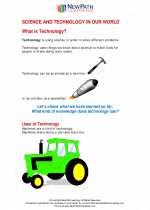
 Worksheet/Answer key
Worksheet/Answer key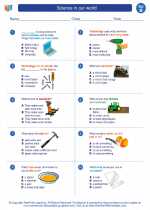
 Worksheet/Answer key
Worksheet/Answer key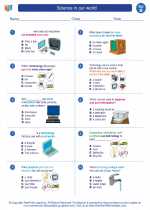
 Worksheet/Answer key
Worksheet/Answer key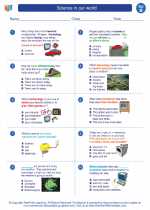
 Vocabulary/Answer key
Vocabulary/Answer key